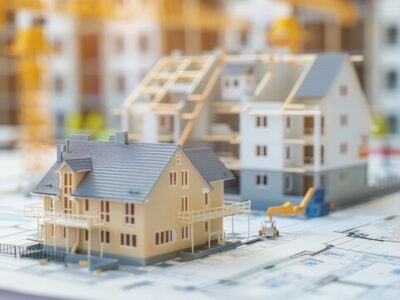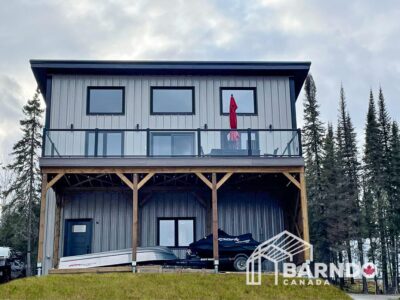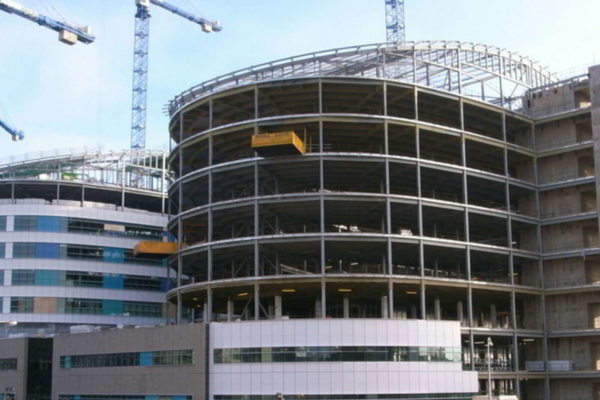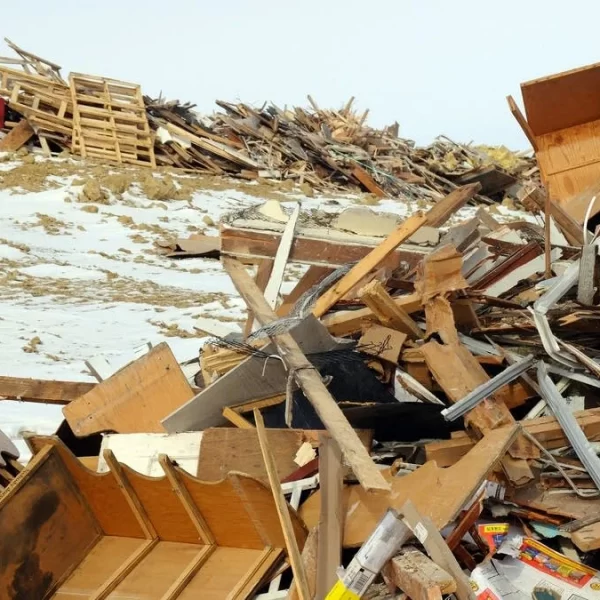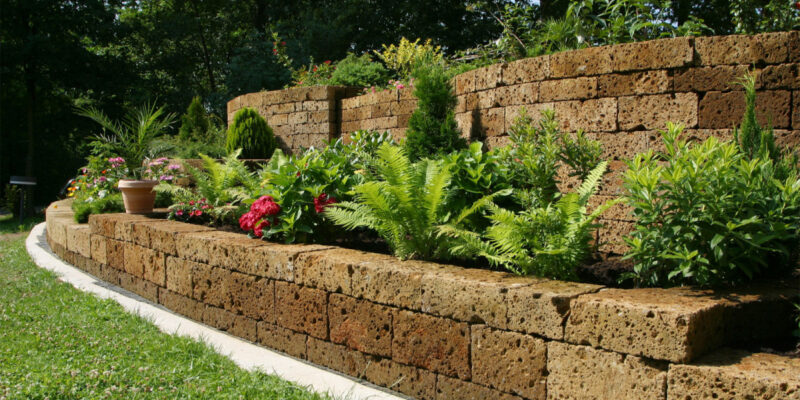
Choosing the right type of retaining wall for a construction project is crucial especially when considering the varying conditions of the soil. This selection impacts the wall’s stability, longevity and effectiveness. With retaining wall construction in West Hartford you can hold back soil and rock from buildings, roadways, or any structures that lie downhill from soil elevations. Among the most common types are embedded and gravity-retaining walls. Each serves a unique purpose based on soil conditions and project needs.
Embedded Retaining Walls in Loose Soil Conditions
In areas with loose or less stable soil, embedded retaining walls prove essential. These walls, which are partly buried in the ground, leverage the depth to which they are embedded to achieve stability. For instance, when the soil is sandy or has high water content, the depth of an embedded wall counteracts the lack of natural solidity. Soil engineers recommend this type because it provides additional support by anchoring into firmer soil layers. This method ensures that the wall does not topple under pressure.
Gravity Walls For Hard Compact Soils
Contrastingly, gravity retaining walls work best in hard, compact soils. These walls rely on their weight to resist the pressure from the soil behind them. Built from heavier materials gravity walls are particularly effective when the ground is rocky or dense. In such environments the heaviness of the materials used in gravity walls makes them naturally resistant. This setup is ideal for soil that does not experience significant shifts in moisture, which can lead to expansion or contraction.
Soil Moisture Impact on Wall Choice
Furthermore, soil moisture plays a pivotal role in choosing between an embedded and gravity wall. In dry regions, gravity walls often suffice because the soil’s lower moisture content means less movement and less risk of soil expansion.
However, in wetter climates the continuous changes in soil moisture can lead to significant soil movement. Here, embedded walls are advantageous as they can adapt to shifts within the soil, thanks to their depth and flexible construction materials like reinforced concrete.
Considering Soil Erosion and Retaining Wall Stability
Soil erosion significantly affects retaining wall stability. In erodible conditions, such as in areas near water bodies or on steep slopes, the choice of retaining wall is critical. Embedded walls are often favored in these scenarios due to their ability to integrate deeply into the soil providing a firmer grip at multiple levels. So, with retaining wall construction in West Hartford CT you can ensure that your wall remains stable despite challenging environmental conditions.
Adaptability in Varied Terrain:
In diverse terrains, the adaptability of retaining walls becomes paramount. Embedded walls offer flexibility that is crucial on uneven ground or in areas with mixed soil conditions. These walls penetrate deep into the earth anchoring securely in varied soil layers which provides stability across inconsistent terrains.
On the contrary, gravity walls perform best on level ground where uniform pressure can be anticipated and managed simply. For projects in mountainous or uneven regions, the choice leans towards embedded walls because their design accommodates shifts in the landscape.
Response to Seismic Activity
Seismic activity demands that retaining walls not only support soil but also withstand ground movement. Embedded walls, with their deep foundation, respond well to such conditions, offering enhanced resistance to shaking and shifting ground. They flex under stress, absorbing and dissipating energy.
However, gravity walls, despite their robust construction, may shift or topple because they rely primarily on their weight to stay in place. In earthquake-prone areas, the deep anchorage of a retaining wall in West Hartford often proves to be a safer, more reliable choice.
Construction Speed and Economic Considerations
When time and budget are tight, the choice between embedded and gravity walls also hinges on economic factors. Gravity walls, with simpler designs and materials that are often readily available, can be constructed more quickly and at a lower initial cost.
Choosing retaining wall construction in West Hartford CT is appealing for projects with strict budgets or short timelines. Embedded walls, while providing superior support in challenging conditions, require more planning and higher upfront investment. Yet, for long-term stability in adverse conditions, the initial higher cost of embedded walls can prove economical.
Stability Under Pressure
When soil pushes against a retaining wall, its type profoundly impacts stability. Gravity walls rely on their mass to resist this pressure, which is ideal for stable, less aggressive environments. Yet, in soil that experiences high pressure such as clay that expands or contracts based on moisture, gravity walls may shift. In contrast, embedded walls handle these pressures with greater ease. Their design penetrates deep into subsoil layers, offering a grip that adjusts to pressure changes, a crucial factor in maintaining stability.
Environmental Impact Considerations
The environmental impact of constructing retaining walls is also a significant concern. Gravity walls, often built from precast concrete or natural stone minimize their environmental footprint. This reduces transportation emissions and construction waste. Conversely, embedded walls requiring more extensive excavation and potentially more concrete, can have a larger environmental impact. So, a retaining wall in West Hartford plays a vital role in protecting the environment.
Conclusion:
The choice between embedded and gravity-retaining walls significantly depends on soil conditions, environmental factors, and specific project needs. In contrast, gravity walls offer a straightforward, cost-effective solution for stable soils and limited spaces. On the other hand, embedded walls provide superior stability and adaptability in diverse or challenging environments.
Understanding these distinctions helps in making informed decisions that ensure both the safety and longevity of retaining wall structures. So, choosing retaining wall construction in West Hartford is critical for achieving effective, sustainable solutions in both urban and rural settings, ultimately contributing to more resilient infrastructures.
